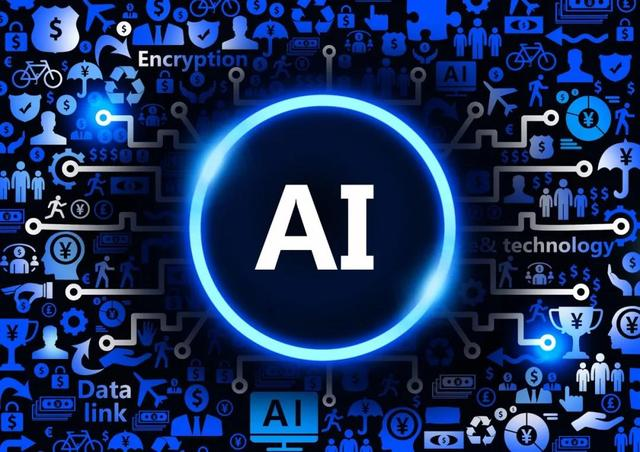Nvidia recently released its latest AI blueprint, which aims to simplify the process of building intelligent agents for developers in various industries, especially for video and image content analysis. The editor of Downcodes will provide a detailed explanation of the functions, application scenarios and advantages of Nvidia AI blueprint to help readers understand the power of this technology and its impact on future development.
Nvidia recently announced the launch of its latest AI blueprint, designed to help developers in various industries easily build intelligent agents to analyze video and image content. With this technology, users in any industry can efficiently search and summarize large amounts of visual data.

World-renowned companies such as Accenture, Dell and Lenovo have begun to use Nvidia AI blueprint to develop visual AI agents, aiming to improve productivity, optimize processes and create a safer environment. Enterprises and public sector organizations are working to develop intelligent agents to enhance work capabilities that rely on visual information sourced from an increasing number of devices, such as cameras, IoT sensors and vehicles.
Nvidia's AI blueprint provides a set of optimized software for video search and summarization, which developers can use to build and deploy generative AI agents that can understand large amounts of live video streams or data archives. These agents are capable of not only answering user questions but also generating summaries and raising alerts for specific scenarios.
Nvidia AI Blueprint, part of Nvidia Metropolis, provides a customizable workflow that combines Nvidia's computer vision and generative AI technologies. Developers can customize these visual AI agents with natural language prompts instead of complex code, lowering the barrier to deploying virtual assistants in various industries and smart city applications.
Visual AI agents in the Nvidia AI Blueprint are driven by visual language models (VLMs), generative AI models that combine computer vision and language understanding to interpret the physical world and perform reasoning tasks. Developers can leverage Nvidia NIM microservices with other VLMs, LLMs, and graph databases for flexible configuration and tuning to fit specific environments and use cases.
The adoption of Nvidia AI Blueprint can help developers save months of work and avoid the tedious process of researching and optimizing generated AI models in smart city applications. Whether at the edge, on-premises or in the cloud, solutions deployed on Nvidia GPUs dramatically speed up the screening of video archives and identification of key moments.
In a warehouse environment, AI agents built based on this workflow can sound alerts when safety protocols are violated; at busy traffic intersections, AI agents can identify traffic incidents and generate reports to assist emergency response. In addition, visual AI agents can be used to summarize video content for people with visual impairments, automatically generate recaps of sporting events, and help annotate large-scale visual data sets to train other AI models.
The launch of Nvidia AI Blueprint provides developers with a free platform to try and download, and can be deployed in production through Nvidia AI Enterprise in accelerated data centers and cloud environments, thereby simplifying data science processes and generating AI development.
All in all, the launch of Nvidia AI Blueprint provides powerful AI tools for various industries, simplifies the development and deployment process of visual AI agents, and accelerates the application of artificial intelligence in various fields. It is worth looking forward to it bringing more innovations and breakthroughs in the future. .